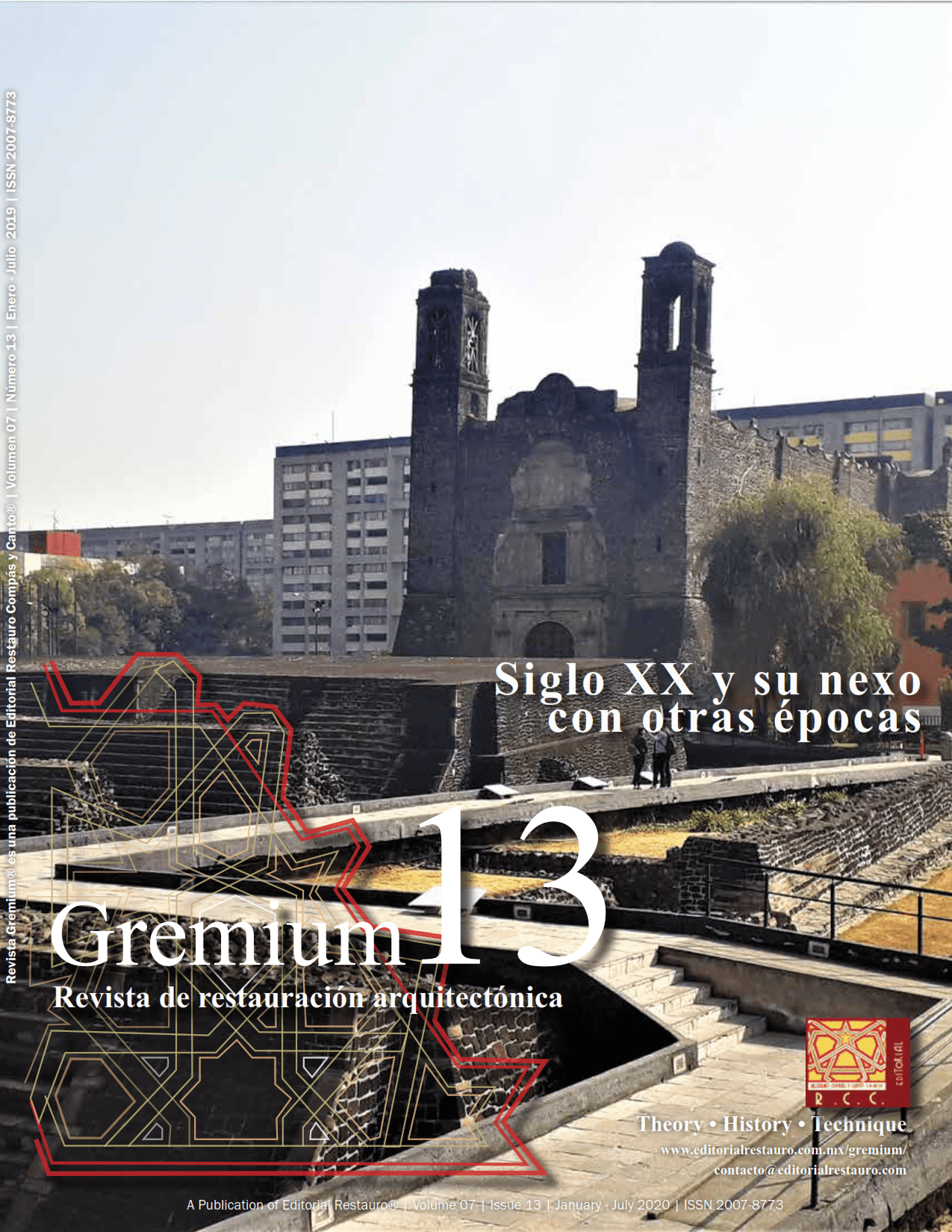Historiography of ignition salt productive spaces (Oaxaca, Mexico, S. XVI - XX)
DOI:
https://doi.org/10.56039/rgn13a08Keywords:
salt producction, traditional technology, architectural typology, mean of production, architecture for productionAbstract
The spatial technological variabilities for salt extraction by ignition, are a function of the available resources. This paper documents the relationship between the technical production process and the work space, from a historiographic and archaeological approach, used for its extraction in the Mixteca Alta of Oaxaca, Mexico, as well as its possible relationship to the viceregal economy. It is hypothetically established that technological and spatial variability for production, regardless of available resources, is linked to habitability requirements. Consequently, based on archaeological explorations and an ethnographic and historical documentary analysis of the way of life of the inhabitants, the habitability conditions for the design of the architectural space were determined. The main focus was the typological study, seen as the result of a process of technological innovation for the productive system in conjunction with a change in the predominant traditional means of production. The results establish a direct relationship between habitability conditions and the process.
Downloads
Downloads
Published
Issue
Section
License

This work is licensed under a Creative Commons Attribution-NonCommercial-ShareAlike 4.0 International License.























